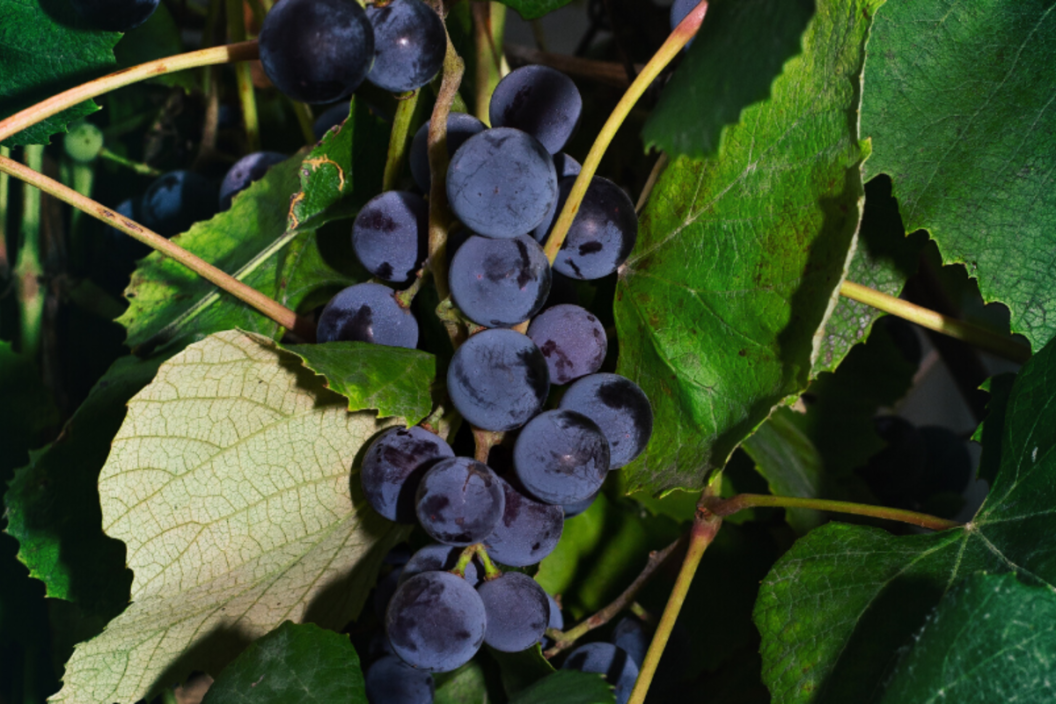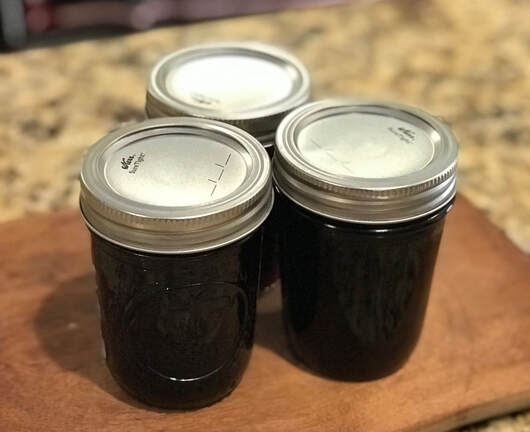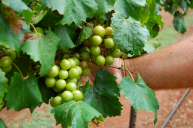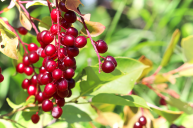It's time to give a shoutout to another type of wild grape. Sure, there's a lot to say about cotton candy grapes, wild grapes, and moon drop grapes, but mustang grapes are something to talk about. Mustang grapes, also called by their scientific name, vitis mustangensis, are a species of grapes commonly grown in the southern United States. You'll find mustang grapes growing in states like Louisiana, Mississippi, Alabama, Arkansas, Oklahoma, and of course, Texas.
Videos by Wide Open Country
Mustang grapevines are pretty easy to spot and you'll most likely see them growing along riverbanks, climbing trees, and covering fence rows. In Texas, they grow in eastern side of the state, so you can find them growing near Houston, Dallas and Austin when foraging Texas countryside. Similar looking to muscadine grapes, which are also native plants to North America, one of the biggest differences between the two is that muscadine grapes are lighter in color, while these wild grapes have a deep purple color.
The leaves from mustang grapes are lobed or heart-shaped and the underside of the leaves are white and feel fuzzy or velvety to the touch. Mustang grapes usually ripen and are ready to pick by mid-July but can continue to stay on the grapevine until August. These dark purple, almost jet black colored berries grow in small clusters and have a thick outer skin.
One thing to keep in mind-be careful handling wild mustang grapes. Since they are highly acidic and bitter, the juice can burn your hands and cause severe skin irritation. It won't cause a trip to the emergency room, but it's enough to drive you crazy! Just make sure to protect yourself by wearing rubber gloves when handling these wild grapes.
Although these grapes are edible, it's not recommended to eat them straight off the grapevine. Fortunately, there are plenty of culinary uses for these dark purple beauties. Winemaking, cannning, jelly, grape juice, even baked into pies and cobblers. Mustang wine and other recipes are typically sweetened with a good amount of sugar to cut down on the high acidity content from the grapes. Fun fact, making mustang grape wine dates all the way back to the Civil War. Pretty cool, right?
If you find yourself with an abundance of mustang grapes this summer, try out this mustang grape jelly recipe so you can enjoy this fruit throughout the year.





